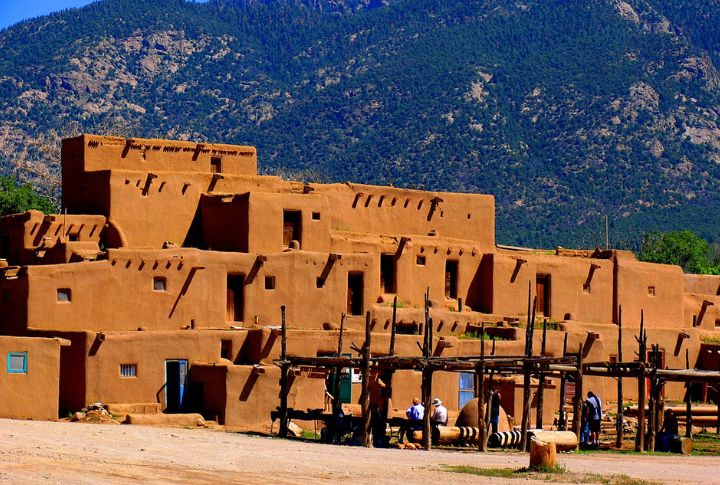
Long before cities rose and borders were drawn, North America teemed with thriving ancient communities. These settlements shaped geographies, beliefs, and trade routes that echoed for centuries. Built with ingenuity and spiritual depth, they reveal a continent rich in human legacy. Explore the enduring footprints left by these 10 civilizations that defined early North America.
Cahokia (Illinois)
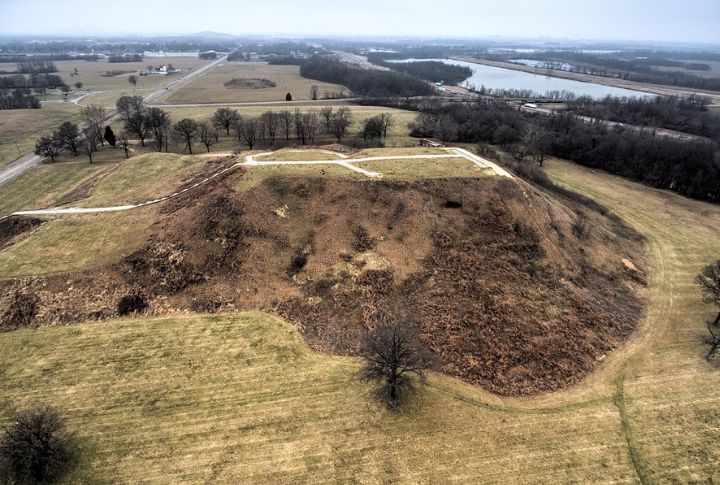
Once the largest pre-Columbian settlement in North America, Cahokia was a bustling city inhabited around 1050-1200 CE. It was situated near present-day St. Louis and is famous for its towering earthworks, especially Monk’s Mound, which reaches 100 feet. Its residents were skilled in agriculture and trade, influencing surrounding regions through religion and politics.
Chaco Canyon (New Mexico)
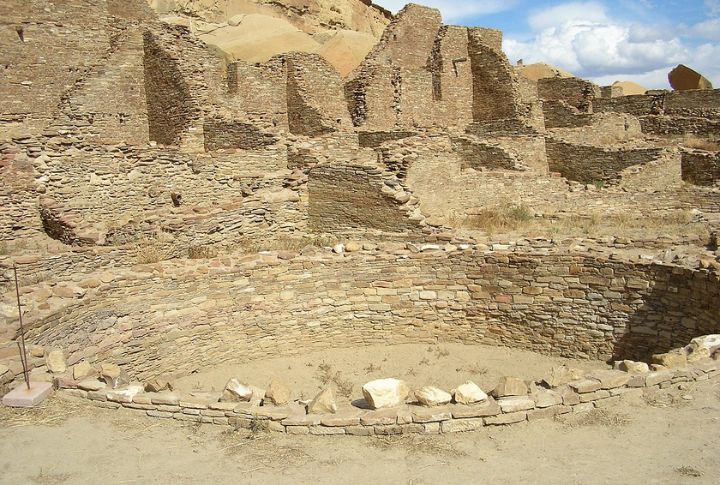
Chaco Canyon, located in northwestern New Mexico, served as a vibrant hub for the Ancestral Puebloans from the 9th to the 12th century. Known for its massive stone buildings and sophisticated astronomical alignments, Chaco was a hub for cultural and economic exchange. The Great Kiva remains proof of their complex social structures and ceremonial practices.
Poverty Point (Louisiana)

This settlement was active from 1700 to 1100 BCE. Features like impressive earthworks and complex, circular ridges made it a wonder of its time. The settlers did rely on hunting, fishing, long-distance trade, and, debatably, limited agriculture. Artifacts suggest the settlement was a vital trade center, with goods from across North America found at the site.
Mesa Verde (Colorado)
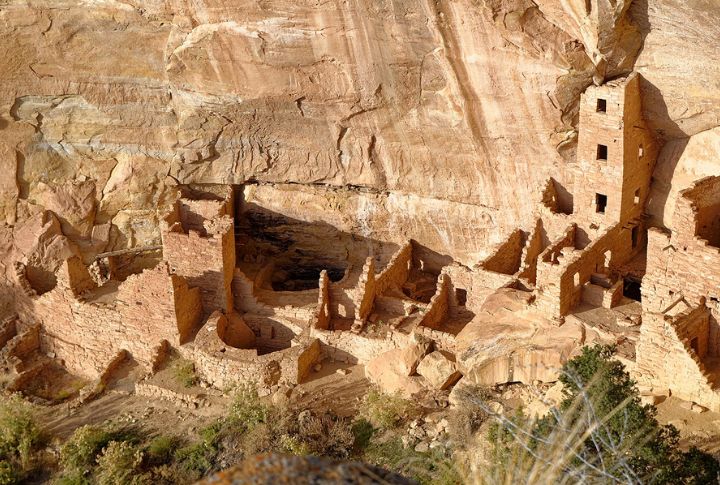
The cliff dwellings of Mesa Verde, constructed by the Ancestral Puebloans in the late 12th century, reveal a sophisticated approach to both architecture and environmental adaptation. Mesa Verde was built into the canyon walls for protection, flourishing through agriculture and trade. Today, it is a UNESCO World Heritage Site, celebrated for its distinct and well-preserved structures.
The Hopewell Culture (Ohio River Valley)
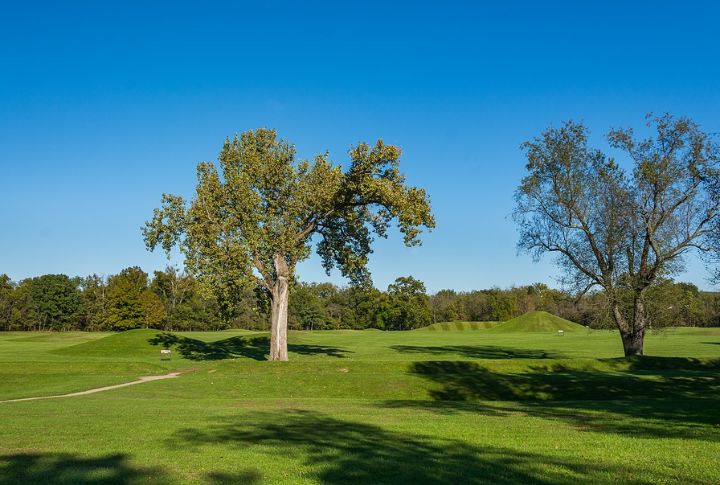
Established in the Ohio River Valley, the Hopewell Culture built a network of elaborate burial mounds and earthworks from 200 BCE to 500 CE. These settlements are recognized for their advanced geometric designs and extensive trade systems, which covered much of North America. Artifacts, including crafted copper, demonstrate a culture with far-reaching influence.
Aztalan (Wisconsin)
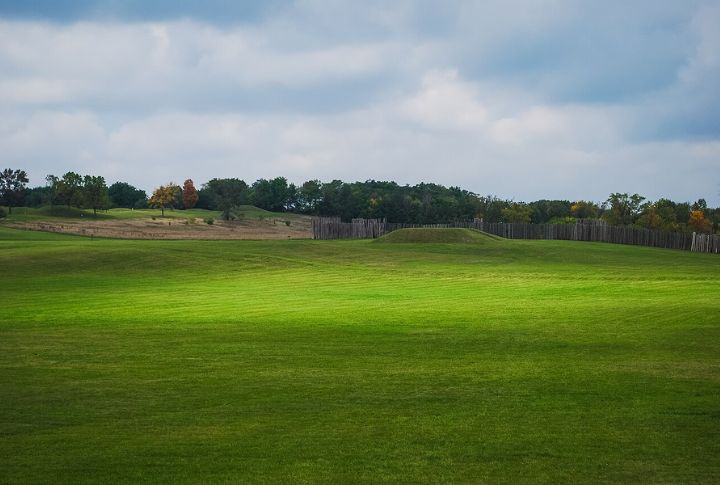
Wisconsin’s Aztalan is known for its well-organized layout and massive earthen mounds. The settlement flourished between 900 and 1200 CE and is thought to have been influenced by Mississippian cultures, with connections to sites like Cahokia. Archaeological evidence, including remains of structures and artifacts, suggests it was an important ceremonial center and a hub for trade and agriculture.
The Anasazi Sites Of Northern Arizona
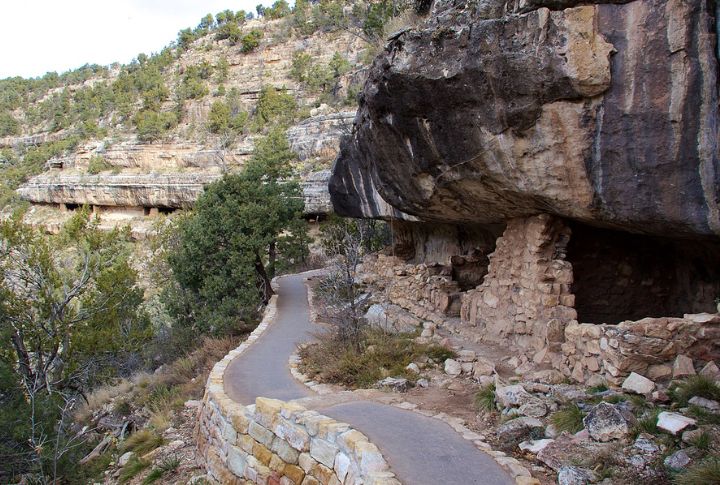
The Anasazi, or Ancestral Puebloans, left behind several important settlements across northern Arizona. Notable sites like Walnut Canyon demonstrate advanced cliff dwellings and multi-story masonry structures. Each location was vital to their agricultural practices, which helped the settlers thrive in harsh desert conditions. The remnants of these cities highlight their innovative ways of life.
The Mississippian Culture (Southeast And Midwest)
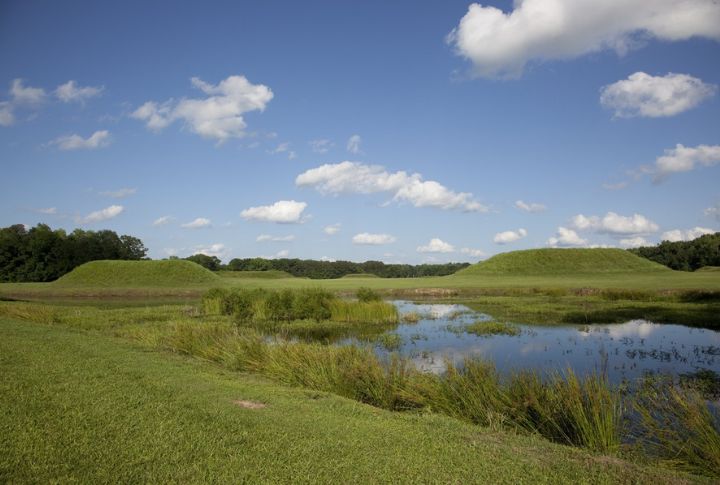
This settlement spanned large areas of the southeastern and midwestern United States, with significant locations like Moundville in Alabama. The Mississippians built large, complex cities centered around earthen mounds, often used for ceremonial purposes. Their culture flourished between 800 and 1600 CE, with extensive trade networks across North America.
The Clovis Culture (Southwest)
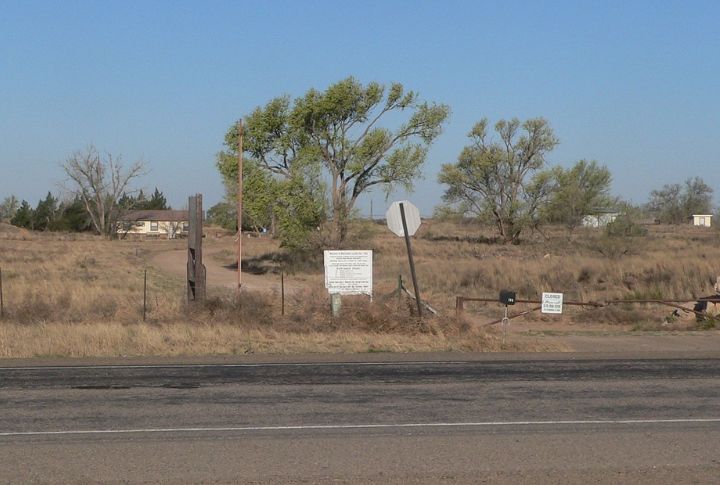
The Clovis people, recognized for their distinctive stone tools, were among the earliest inhabitants of North America, living around 13,000 years ago. Evidence of their settlements includes mammoth hunting sites and elaborate fluted projectile points. They are considered pivotal in understanding the Americas and represent some of the earliest complex societies on the continent.
Taos Pueblo (New Mexico)
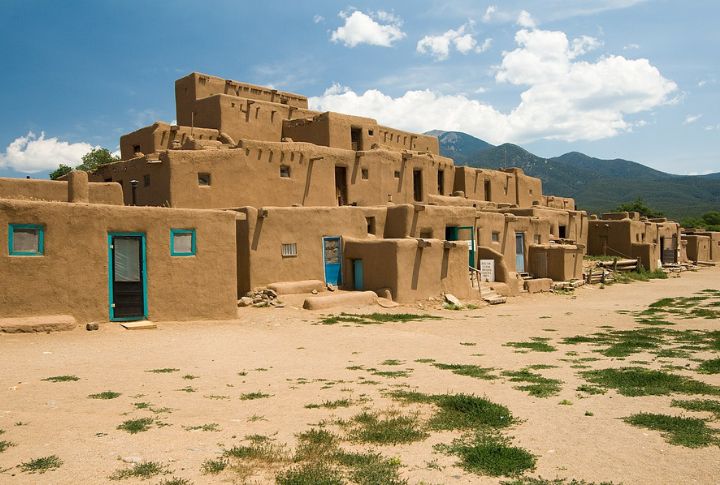
Taos Pueblo, found in northern New Mexico, is one of the oldest continuously lived-in communities in North America, with origins over 1,000 years ago. Its buildings, constructed in the traditional style, are arranged around a central plaza. Taos demonstrates Puebloan resilience and cultural continuity and offers insights into communal living and indigenous architecture.

